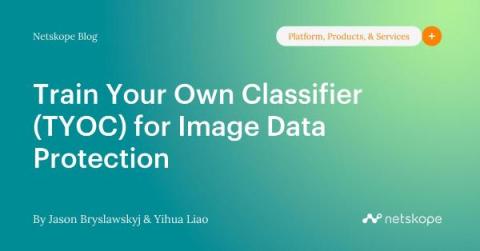Delivering a Modern Approach to SaaS Security with Netskope One
There are more SaaS applications in use by businesses than ever before—and the adoption rate is only going to continue to increase. According to Netskope’s annual Cloud & Threat Report, SaaS adoption continued to rise in enterprise environments throughout 2023, with users constantly accessing new, mostly unmanaged, apps and increasing their use of existing apps.











